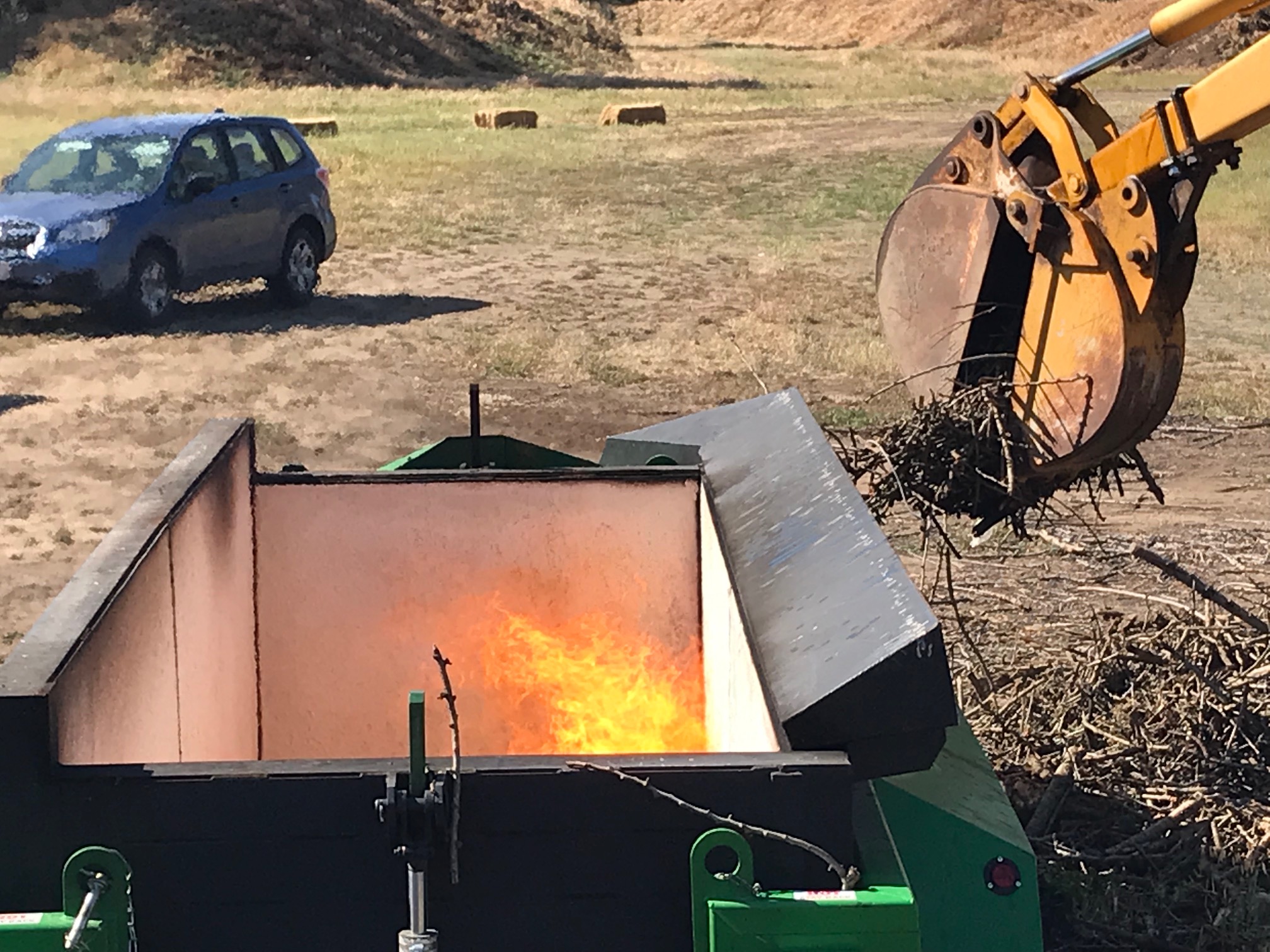
The long-term goals of the project are to sustainably recover irrigation water and valuable nutrients from nontraditional water sources, including brackish and agricultural drainage waters, and provide stakeholders with knowledge of best practices for managing salinity and nutrients in farming operations, especially in the area of controlled environment agriculture(CEA). Sponsor: CITRIS/CSU Fresno
The overall goal of this proposal is to determine how biochar can be produced and used in a closed cycle agricultural application to reduce GHG emissions, ameliorate agricultural waste disposal problems, improve the quality of life in low-income and disadvantaged farming and adjacent communities, and identify means to gain acceptance among farmers of small-scale biochar production and use as a sustainable best practice for California agriculture. SPONSOR: California Strategic Growth Council
Collaborative work among UC Merced faculty (Berhe, Ghezzehei, Chen, Ryals) and industry members, and farmers, has demonstrated the reduction by 80% of methane emission from co-composting mixtures of biochar, solid dairy manure, and decaying wood in comparison to stockpiling of solid manure. Environ. Sci. Technol. 2022, 56, 10987−10996.
In addition, several mobile pyrolysis units have been tested some of which require additional electric power or fuel (such as propane). Very good results have been obtained with an air-burner unit due to its simple operation and because it does not require power or fuel to provide the pyrolysis heat. Figure 1 shows the operation of one of these units.

In collaboration with Prof. Keske, a stochastic model has been developed to analyze the optimal price range for biochar that could lead to the formation of a consistent market for this material. In addition, the analysis of the speed of the pyrolysis front has been characterized for pyrolysis reactors of the form Top-Lift UpDraft (TLUD).
The proposed applied research and demonstration project will analyze cost-effective production methods for the use of mixtures of forest biochar, wood, and paper fiber coated with fire retardant for the purpose of utilizing them as insulation material in sustainable buildings. The project will build upon development done by Western Fiber on natural fiber insulation, which has been available in the market since the 1970s. Analysis of biochar properties will be performed at UC Merced to optimize surface area, porosity distribution, and surface wettability to maximize adsorption of the fire retardant. A life cycle assessment and techno-economic analysis will also be performed by UC Merced which will analyze long-term cost and environmental impacts of this technology compared to conventional non-renewable options such as fiber glass and foam insulation. It is estimated that just in California, 58 million tons of biomass will be available from waste sources in 2045. Also, increasing concerns about climate change, higher frequency of wildfires, and a growing consumer preference for eco-friendly products, provides a great opportunity to utilize biomass-based insulation products in the construction industry with the added benefit of making buildings more fire resistant. The average construction of new housing in California reaches 80,000 homes per year and about $4,000 (around 1.25% of the cost of a house in the San Joaquin Valley) is spent in insulation. The target biochar use in the proposed mixtures will be of 20% to 30% of the products weight. It is expected that commercialization will start between the end of year 1 and the beginning of year 2 of the proposed R&D project. About 500 tons of biochar will be used to manufacture the product during the first year of market introduction that will grow to about 1000 tons in year 2 of commercialization. At a typical rate of 25% of biochar weight with respect to the initial feedstock, around 2000 tons of wood are estimated to be used in year 1 which will grow to around 8000 tons of wood between years 3 and 5 of commercialization. SPONSOR: USDA Wood Innovations program.
This project intends to perform a full system evaluation of a 2 MW gasifier installed at elevation at North Fork, CA. The unit utilizes local forest biomass to generates electric power and heat for local use, with biochar being a byproduct of the operation.